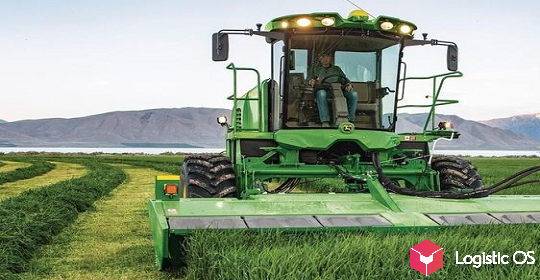Success or failure? Analysts and experts do not agree on everything.
In 2012, a strategy was adopted to replace the supply of imported products with products of its own production.
In 2014, in response to the imposed sanctions, an embargo was imposed on the import of some of the goods imported from the West.
Initially, the ban was introduced on the supply of meat, fish, dairy products, cheeses, vegetables and fruits from the EU and the United States, and a year later it was extended to Albania, Liechtenstein, Iceland and Montenegro.
A year later, Ukraine joined the list.
It was these dropped volumes that were supposed to be replaced by Russian-made products.
In short, the targets were not achieved.
The volume of dairy products imported from abroad was supposed to be reduced by 20%, but by the end of 2020 the import was reduced only to 30%.
And the import of fruit and vegetable products should have been reduced by 20%, as a result — only by 11%.
The import of vegetables has decreased by 27%, and was planned by 70%.
A significant reduction in imports was shown only by the market of meat products — they began to import less by 65%, although the plan was not achieved here either.
Although the numbers are impressive: in the 2000s, Russia imported 2.5-3 million tons of meat and offal, and in 2020 imported only 600 thousand tons.
Pork production increased from 0.8 million tons to 5.05 million tons, poultry production — from 1.6 million tons to 4.25 million tons.
Domestic fish production increased from 3.68 to 4.21 million tonnes.
The volume of imports from other countries that did not fall under the sanctions changed. More precisely, they replaced the missing volumes.
The EU, before the embargo, imported 43% of its imported dairy products into Russia.
Now this place is taken by Belarus: its share even before the bans was 39%, and now it is the main supplier — 79%.
It also replaced the EU in meat supplies — 29% against 12% in 2013.
Paraguay, whose share in Russian imports was small, now supplies 19% of meat products.
But the most interesting thing is that imports from third countries have increased significantly.
And if you trace some of the chains, then, it is likely that in some cases we are talking about the re-export of sanctioned products.
Take, for example, Ecuador, which imported 20% of its fruit into Russia. At the same time, the country increased purchases in Europe by 7 times.
The same trend can be traced in China: the share of imports from this country increased from 8% to 23%, while the PRC tripled purchases in Europe.
Chile and the Faroe Islands replaced Norway in the supply of fish to Russia: the share of Norway in the supply before the introduction of the bans was 40%, and the share of new suppliers in total — 36%.
At the same time, the supply of Norwegian fish to Chile has tripled.
Experts treat the observations of analysts with caution and consider re-export more possible through other countries: Moldova, Serbia, Azerbaijan and the EAEU states.

More broadly, the concept of import substitution is very controversial in itself.
There is not a single country in the world that would be fully able to meet its domestic needs without importing goods from other countries.
What the program has influenced is the increase in investments and the level of state support for agricultural producers.
And even the most intense apple orchard will not start producing crops earlier than in three to four years.

